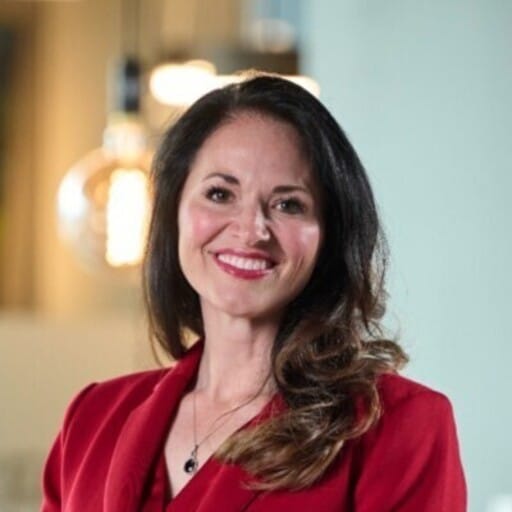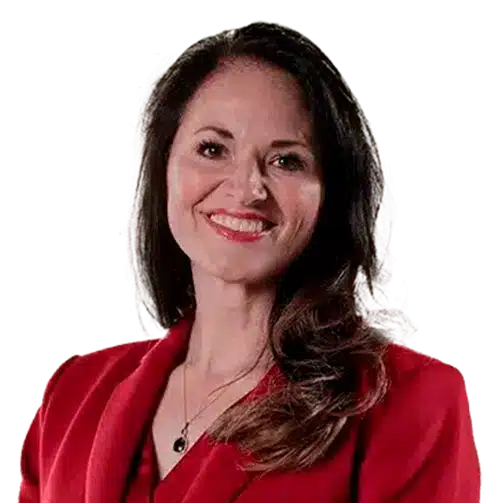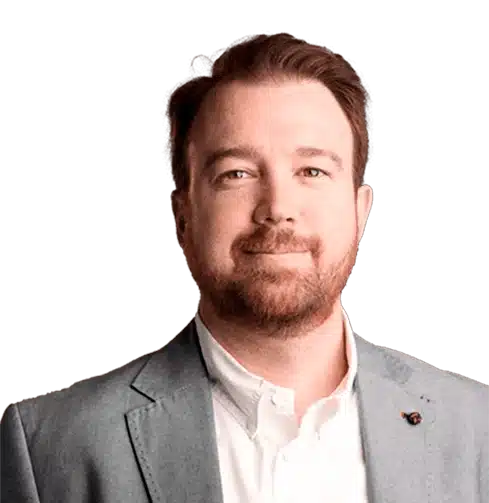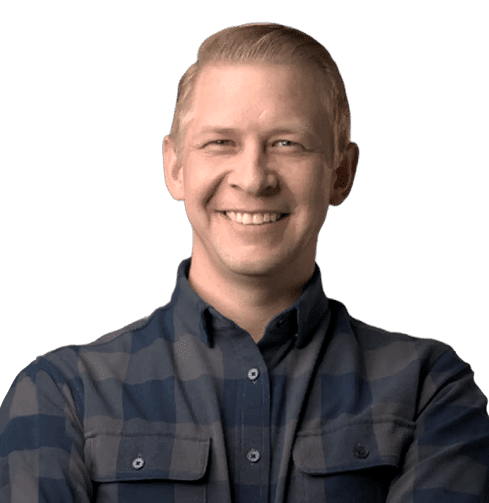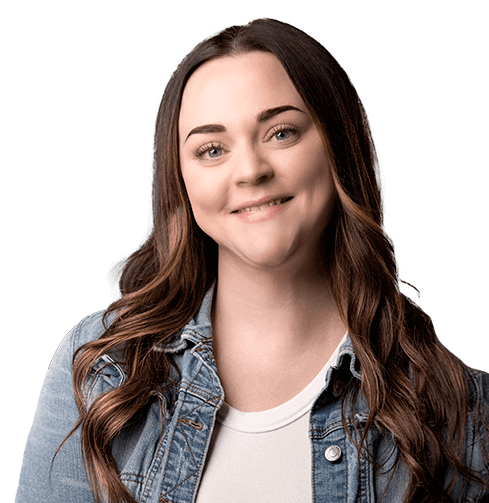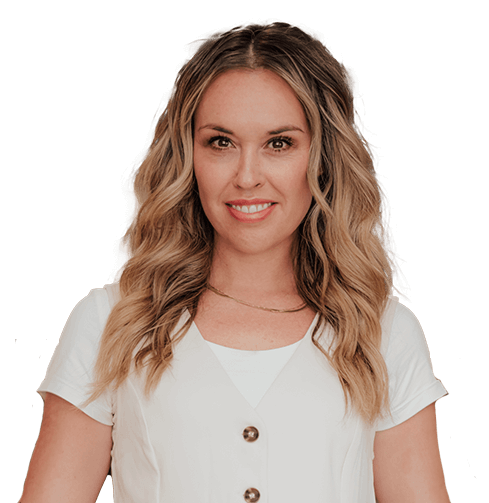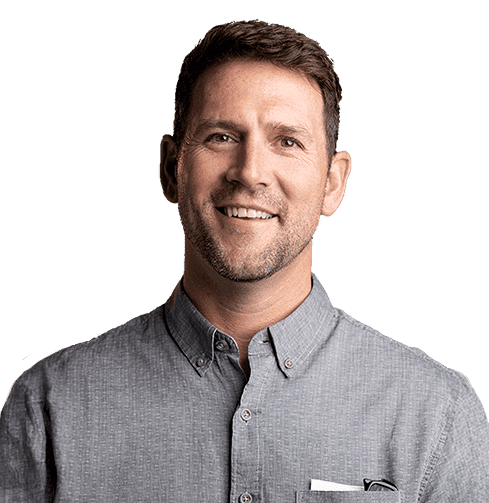Nick Robin knows how to build effective revenue operations models.
Although there is a pattern of give-and-take in most RevOps models, Nick says some areas are non-negotiable. For example, emotional intelligence and centralized go-to-market functions. Here’s another:
“I firmly believe that comp design should be a function within revenue operations,” he says in the latest episode of Go to Market with Dr. Amy Cook. “That’s one of the most strategic levers you have at your disposal as a go-to-market organization to drive behavior and change in an organization. And I fundamentally believe that if you look at revenue operations and what you’re trying to use it for, is overall optimizing how I go to market, how I generate revenue, and how quickly I can do that as efficiently as possible.”
Simply calling something “RevOps” doesn’t make it effective. Nick’s expertise illustrates that true RevOps success comes from a thoughtful and strategic approach to identifying which GTM operations functions should be centralized for maximum efficiency.
Read more: The Secret to Seamless Change Management
Without this analysis, teams risk adding complexity instead of solving it. To truly unlock the power of RevOps, organizations must go beyond adoption and into strategic alignment—because when RevOps is done right, it doesn’t just support revenue growth; it transforms it.
Here are some highlights from this interview:
Amy: It’s so interesting how you came out of the FP&A space, understanding that half of it belongs to RevOps and half to finance. What parts do you need in RevOps? What are the non-negotiables?
Nick: Regarding FP&A versus revenue operations, some of the key distinctions that I think about are detailed capacity models that you use to inform territories: How many people you’re hiring, what their quotas should be, and what your capacity expectations are. That was something that I spent a lot of time on at Box and, traditionally, now lives in a revenue operations organization. Finance teams will always have a more abstracted capacity model because they forecast headcount and expenses for the whole company, and you need some component of that, but it’s usually a lot higher level. It’s not going to be something you’re using every day as a Sales Ops team, as one example, and there are a few different pieces like that in terms of what should live in finance. What should live in revenue operations in terms of the work product?
But when I think about revenue operations more generally, if you don’t have sales operations, marketing operations, and customer success operations in what you call revenue operations… you just have sales operations by a different name, and that doesn’t provide the benefit of what a revenue operations organization is supposed to do.
Amy: That is such a great point! A RevOps leader can still be just as siloed if all they do is sales.
Nick: Correct! That’s one of the big benefits of how revenue operations has been built as a function over the last five years. It’s there to break down silos across your go-to-market organization and be a neutral central operational function that is meant to optimize all of go-to-market, end to end.
Amy: How do you feel about soft skills like negotiation and communication? What skill is non-negotiable?
